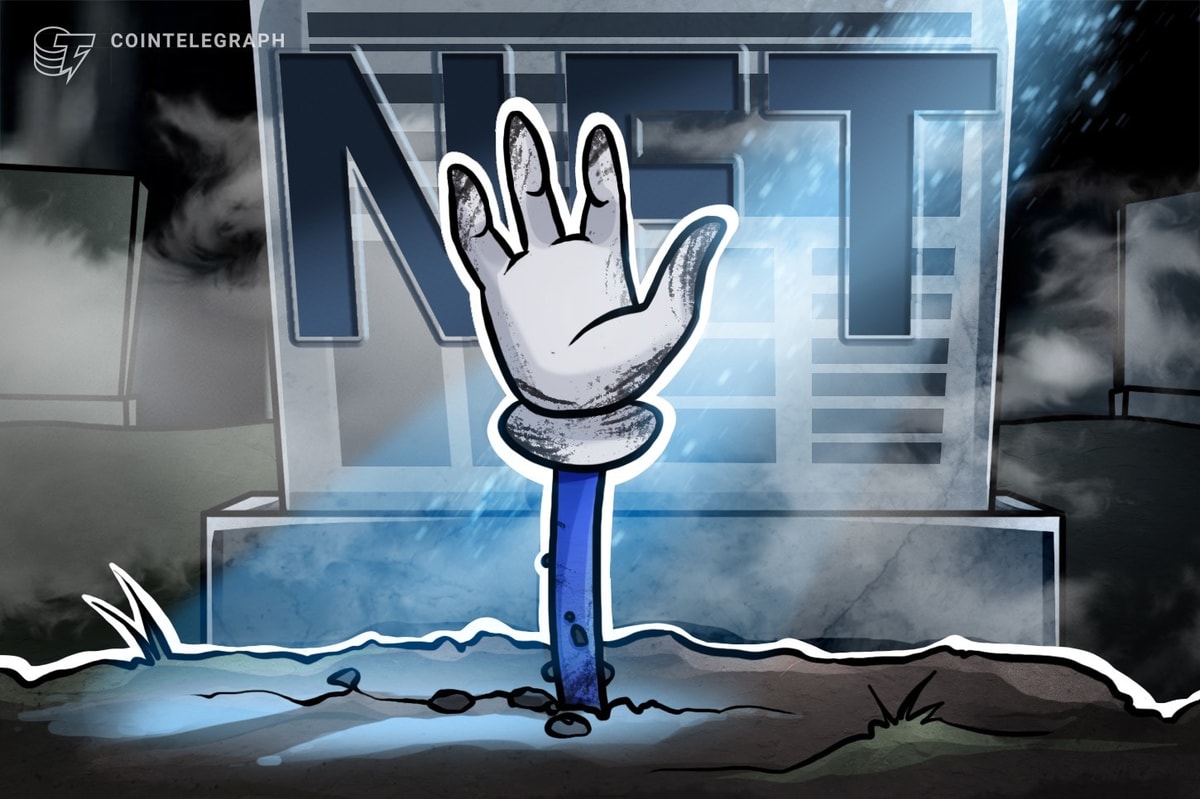In today’s issue, Mick Roche from Zodia Markets provides a stablecoin outlook for 2025.
Then, Layne Nadeau from NVAL answers questions about cryptocurrencies’ role in energy markets and AI in Ask an Expert.
–S.M.
You’re reading Crypto for Advisors, CoinDesk’s weekly newsletter that unpacks digital assets for financial advisors. Subscribe here to get it every Thursday.
Digital Asset Outlook for 2025
While 2024 may be remembered as the year bitcoin went mainstream, we believe the focus in 2025 will shift to real-world use cases for digital assets — often considered crypto’s Achilles’ heel. To enable these use cases, stablecoins will likely emerge as the backbone for broader corporate adoption.
Stablecoins were initially designed to facilitate trading, lending, and borrowing in digital assets, primarily on digital asset trading platforms (centralized exchanges, or CEXs). However, we are now witnessing a shift from these original purposes toward “real-world” applications. This can be seen in the chart below in the growing prominence of the “other” category in the stablecoin ecosystem.
Challenges of current systems
Today, international fiat currency transfers rely on the correspondent banking system, which has mostly stayed the same since real-time gross settlement systems were adopted in the early 1990s. Membership charges, transaction costs, and volume-based discounts typically determine fees. Settlement processes are opaque, governed by price-time priority systems that lack transparency for end users.
Why stablecoins are transformative
As representations of money on the internet, stablecoins offer unmatched flexibility, speed, and availability — key factors driving their increasing adoption. Here are some of their real-world applications:
- Cross-border payments: Stablecoins enable the transfer of USD assets across borders at speeds comparable to email, in stark contrast to the days-long delays of SWIFT transactions. This advantage is especially significant in emerging markets, where the Bank for International Settlements has reported a decline in correspondent banking relationships. Stablecoins offer a potential solution to this gap, addressing inefficiencies in cross-border financial systems.
- Supply chain dynamics: Stablecoins could revolutionize supply chain efficiency, reducing costs and potentially curbing inflation. Optimizing working capital is a priority for treasury departments worldwide. For instance, Tether has already ventured into trade finance, demonstrating the tangible benefits stablecoins can bring to supply chain operations.
- Remittance flows: Global remittance flows were estimated at $857 billion in 2023. Stablecoins facilitate faster and cheaper transfers, allowing recipients to access funds more quickly. They also enable remittance providers to hold smaller balances in local currencies, reducing FX risk and easing the burden on balance sheets. These innovations enhance efficiency and reduce costs across the remittance industry.
- On-chain FX: As of June 2023, research from Cumberland revealed that 99.3% of stablecoins by market capitalization were linked to the USD. Over time, the emergence of non-USD stablecoins will likely create a 24/7, instant-settlement FX market, further enhancing the flexibility of global trade and finance.
Barriers to growth
Despite these advantages, stablecoins remain a relatively small part of the global financial landscape—equivalent to just 1% of U.S. M2 money supply and 1% of FX transactions. Regulatory changes, particularly in the U.S., are crucial for further growth. Although three significant bills were introduced during the Biden administration to establish a regulatory framework for stablecoin issuance by banks, little progress was made. With the anticipated Trump administration taking office in early 2025, regulatory clarity may improve, paving the way for broader adoption.
The outlook for 2025
In 2025, we anticipate increased adoption of digital assets as real-world use cases mature. Adoption will likely be particularly strong among primary commodity traders, producers, importers, and shipping companies. These businesses face challenges such as inefficient payment corridors between developed markets and underdeveloped ones in regions such as Asia, Africa, the Middle East, and Latin America. Stablecoins could provide much-needed solutions, enabling faster, more efficient transactions in these critical sectors.
Corporations will no longer view digital assets with skepticism. Instead, they will recognize the tangible benefits this infrastructure can bring to their operations—and ultimately to their bottom line. As adoption grows, digital assets will step out of the shadows, rendering the “crypto is a solution looking for a problem” argument obsolete.
– Mick Roche, global head of trading, Zodia Markets
Ask an Expert
Q. What does crypto have to do with energy markets?
Global energy markets are evolving to include global tracking of energy generation, consumption, and the carbon footprint of various activities. Carbon credit markets have a market capitalization of approximately $2 trillion and are expected to grow dramatically following the UN COP29 global climate conference announcement on global carbon offset markets.
Due to the global scale of energy and carbon offsetting, distributed ledgers are key to enabling efficient global participation. Blockchains are being used to tokenize and track tradeable energy and carbon offset assets, accelerating the growth of these markets.
Blockchain tools and infrastructure companies powering energy and carbon offset markets are seeing significant growth and are being followed closely by researchers and investors.
Q. Why does AI need crypto?
As AI grows, so does the focus on the energy required to power it. By 2027, it’s estimated that AI could use more energy than the Netherlands, consuming at least 85.4 terawatt-hours of electricity annually.
The expanding need for energy increases the focus on renewable energy sources as the environmental impact of fossil fuel energy production raises ever more concerns. Blockchain technology is being used to efficiently track renewable energy production and use by AI; it also powers carbon credit markets to offset the carbon footprint of global AI infrastructure.
Distributed computing solutions that coordinate large numbers of computers are being developed to serve the global demand for AI computing power. The efficiency of blockchain technology enables solutions for the organization of and payment for these resources.
Keep Reading
Read More: www.coindesk.com









 Bitcoin
Bitcoin  Ethereum
Ethereum  Tether
Tether  XRP
XRP  Solana
Solana  USDC
USDC  Dogecoin
Dogecoin  Cardano
Cardano  TRON
TRON  Lido Staked Ether
Lido Staked Ether  Wrapped Bitcoin
Wrapped Bitcoin  Sui
Sui  Hyperliquid
Hyperliquid  Wrapped stETH
Wrapped stETH  Chainlink
Chainlink  Avalanche
Avalanche  Stellar
Stellar  Shiba Inu
Shiba Inu  LEO Token
LEO Token  Bitcoin Cash
Bitcoin Cash  Hedera
Hedera  Toncoin
Toncoin  WETH
WETH  Litecoin
Litecoin  USDS
USDS  Polkadot
Polkadot  Wrapped eETH
Wrapped eETH  Bitget Token
Bitget Token  Monero
Monero  Binance Bridged USDT (BNB Smart Chain)
Binance Bridged USDT (BNB Smart Chain)  Pepe
Pepe  Pi Network
Pi Network  Ethena USDe
Ethena USDe  Coinbase Wrapped BTC
Coinbase Wrapped BTC  WhiteBIT Coin
WhiteBIT Coin  Aave
Aave  Uniswap
Uniswap  Bittensor
Bittensor  Dai
Dai  NEAR Protocol
NEAR Protocol  Aptos
Aptos  Jito Staked SOL
Jito Staked SOL  OKB
OKB  Tokenize Xchange
Tokenize Xchange  Ondo
Ondo  BlackRock USD Institutional Digital Liquidity Fund
BlackRock USD Institutional Digital Liquidity Fund  Cronos
Cronos  Internet Computer
Internet Computer  Ethereum Classic
Ethereum Classic